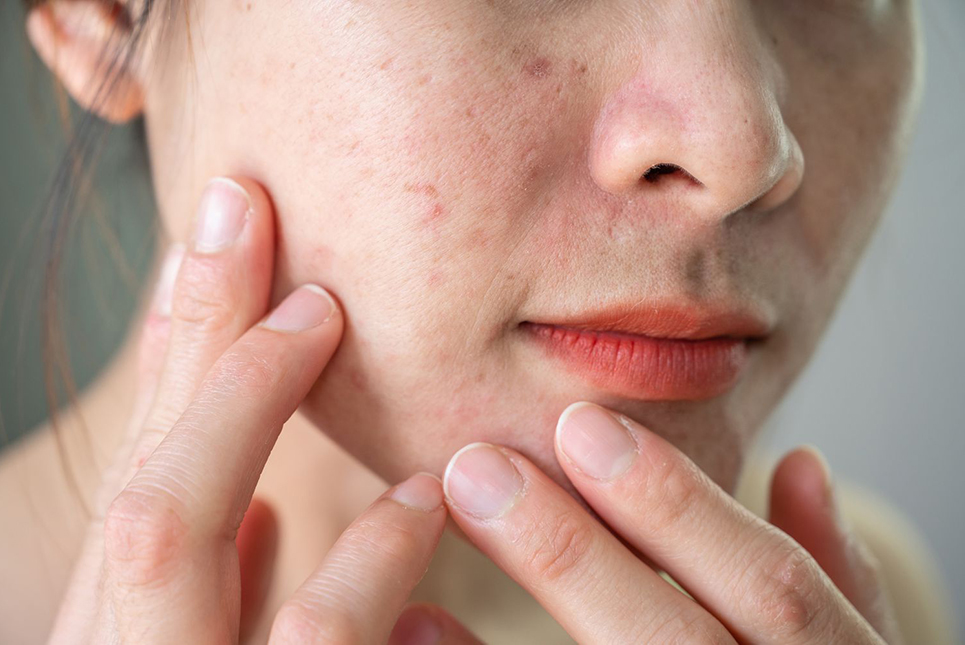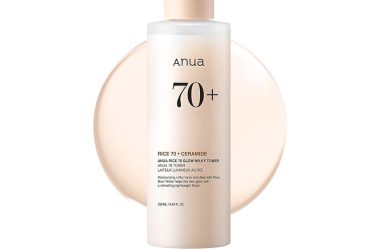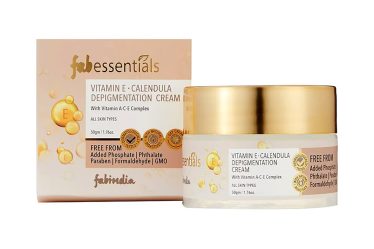
As the seasons change, so does our skin. If you’re someone who’s ever wondered why your skin behaves differently in various seasons, you’re not alone. Each season brings its unique set of challenges and opportunities for our skin, and understanding how to adapt your skincare routine accordingly can make all the difference in maintaining a healthy, radiant complexion year-round.
Fashion Picks | Create Your Own Unique Style
Looking for a complete makeover from head to toe? These carefully selected brands will help you stay at the forefront of fashion! Whether it's footwear, clothing, or skincare and makeup, the following recommendations will help upgrade your wardrobe and beauty essentials, becoming a part of your fashionable lifestyle. Click now and experience your new fashion trend!
Footwear Recommendation: Saucony
The perfect blend of comfort and style! Whether you're at the gym or on the streets, Saucony offers both fashion and comfort. This renowned sports brand not only delivers exceptional foot support but also comes in a wide variety of colors and styles, allowing you to effortlessly handle any occasion.
Clothing Recommendation: Dorothy Perkins
Achieve a style of simplicity and elegance! Dorothy Perkins , a renowned British fashion brand, is loved by fashion enthusiasts for its classic yet distinctive designs. From exquisite dresses to versatile casual sets, Dorothy Perkins is your perfect choice for both office wear and everyday outfits.
Skincare & Makeup Recommendation: Stylevana
Your go-to expert for skincare and beauty! As one of the most popular Asian beauty and skincare platforms, Stylevana offers a wide range of skincare products and makeup. From hydrating serums that repair the skin to trendy makeup items, Stylevana makes it easy for you to achieve healthy skin and a flawless look.
Explore More Trendy Items!
Want to make your outfit stand out even more? Don't forget to add some fashionable accessories. Delicate earrings, minimalist bracelets, and trendy sunglasses can all add layers to your overall look. Start picking your favorite pieces now and let the details elevate your style!
Come and check out these curated brands for your must-have fashion items!
Whether it’s dry winter skin, summer breakouts, or fall sensitivity, we’ve got you covered.
Understanding Seasonal Skin Changes
Before we dive into specific strategies for each season, it’s essential to understand how and why our skin changes with the seasons. Several factors come into play, including temperature, humidity, UV exposure, and even our lifestyle choices. Here’s a breakdown of what happens to our skin throughout the year:
Winter Woes
Winter can be particularly harsh on the skin. Cold, dry air and indoor heating systems can lead to a variety of issues, including:
Dryness and Flakiness: Skin tends to lose moisture and become dry and flaky during the winter months. This is often exacerbated by the low humidity levels in the air.
Redness and Irritation: Cold winds and sudden temperature changes can cause redness and irritation, especially for those with sensitive skin. The skin’s protective barrier weakens, making it more susceptible to external irritants.
Chapped Lips: Dry, cold air can leave your lips chapped and in need of constant attention. Cracked lips can be painful and unattractive.
Spring Awakening
Spring marks the transition from winter’s dryness to a more temperate climate. However, this season can still pose its share of skincare challenges:
Allergies: Spring allergies can lead to puffy eyes, redness, and irritation. Pollen and other allergens can trigger skin reactions, making it essential to address both allergy symptoms and their impact on your skin.
Breakouts: As temperatures rise, increased humidity can trigger breakouts and excess oil production. This is often referred to as “spring acne.”
Sizzling Summer
Summer brings its own set of skincare concerns, largely related to the increased sun exposure and heat:
Sun Damage: Prolonged sun exposure can lead to sunburn, premature aging, and an increased risk of skin cancer. Protecting your skin from UV rays is crucial during this season.
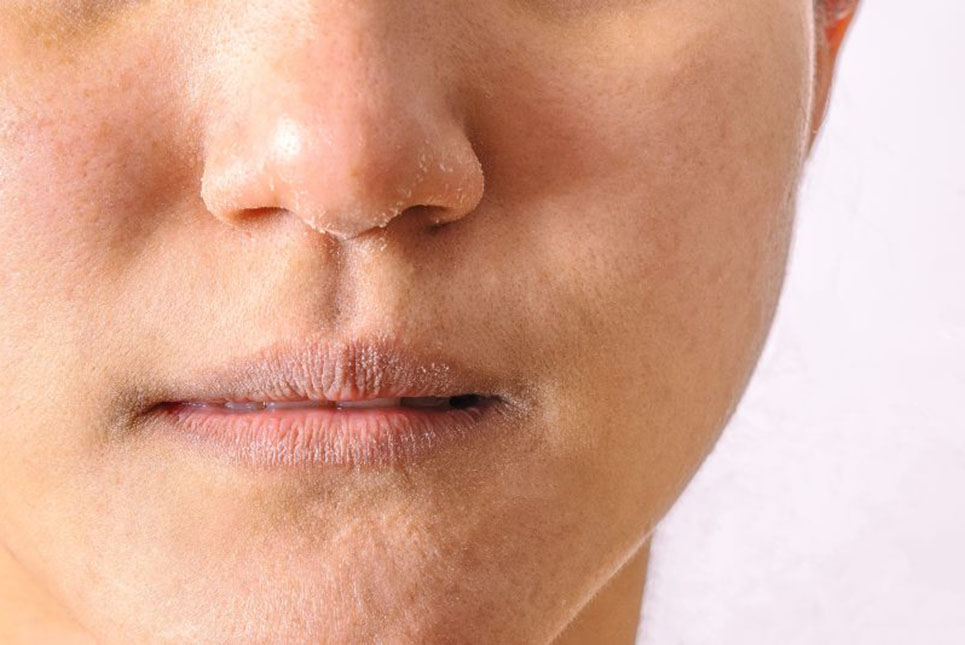
Excess Oil and Acne: Sweating and humidity can lead to clogged pores and breakouts. The combination of sunscreen and sweat can create a breeding ground for acne-causing bacteria.
Fabulous Fall
Fall might seem gentler, but it has its share of skin issues:
Sensitivity: As temperatures cool and humidity drops, skin can become more sensitive and prone to dryness. Windy weather can strip the skin’s natural oils, leaving it feeling tight and uncomfortable.
Hyperpigmentation: Summer sun exposure may result in visible hyperpigmentation during the fall. Dark spots and uneven skin tone can be particularly challenging to address.
Seasonal Skincare Solutions
Now that we’ve explored how each season can affect your skin, let’s delve into the strategies and products you can use to address these seasonal skin concerns. It’s important to remember that everyone’s skin is unique, so you may need to tailor these solutions to your specific needs.
Winter Wonderland
Hydration is Key: Combat winter dryness with a rich, hydrating moisturizer. Look for products with ingredients like hyaluronic acid, shea butter, and ceramides to lock in moisture. Consider using a thicker, occlusive moisturizer at night for added hydration.
Gentle Cleansing: Opt for a mild, hydrating cleanser that won’t strip your skin of its natural oils. Avoid hot water, as it can be drying. Instead, use lukewarm water for cleansing.
Humidifier Help: Consider using a humidifier in your home to add moisture to the dry indoor air. This can help combat the effects of indoor heating systems, which tend to dry out the air.
Lip Care: Keep lips soft and supple with a nourishing lip balm. Exfoliate when needed to remove flakiness, and apply lip balm regularly to prevent chapping.
Layering Products: In extremely cold and dry climates, consider layering products to create a barrier that locks in moisture. This could involve applying a hydrating serum before your moisturizer.
Sunscreen, Always: Don’t skip sunscreen in the winter, especially if you’re in snowy areas. Snow can reflect UV rays and intensify sun exposure. Choose a broad-spectrum sunscreen with SPF 30 or higher for daily protection.
Spring Rejuvenation
Antioxidant Power: Use skincare products rich in antioxidants like vitamin C to combat free radical damage from allergies and pollution. Antioxidants help protect your skin from environmental stressors.
Lighter Moisturizer: As the weather warms up, consider switching to a lighter moisturizer to prevent excess oil production. Gel-based or oil-free moisturizers can be a good choice.
Exfoliation: Incorporate exfoliation into your routine to remove dead skin cells and promote a brighter complexion. Chemical exfoliants like alpha hydroxy acids (AHAs) or beta hydroxy acids (BHAs) can be particularly effective.
Allergy Management: If you suffer from spring allergies, manage your symptoms with antihistamines and allergy-friendly eye drops. This can help reduce redness and puffiness around the eyes.
Summer Glow
Sunscreen, Always: Applying sunscreen every day is non-negotiable during the summer months. Look for a broad-spectrum sunscreen with at least SPF 30, and don’t forget to reapply every two hours, especially if you’re spending time outdoors.
Oil Control: Use oil-free, non-comedogenic products to prevent breakouts and keep excess shine at bay. Oil-absorbing sheets can help blot away excess oil during the day.
Hydration: Stay hydrated by drinking plenty of water to combat dehydration from sweating. Incorporate hydrating products like hyaluronic acid serums to maintain skin moisture.
After-Sun Care: If you spend time outdoors, whether at the beach or hiking, use a soothing after-sun product to calm and hydrate your skin. Products with aloe vera can be particularly soothing for sun-exposed skin.
Lighter Textures: Opt for lightweight, breathable makeup products to prevent clogged pores and allow your skin to breathe. Consider using tinted moisturizers or BB creams instead of heavy foundations.
Avoid Peak Sun Hours: Whenever possible, avoid outdoor activities during the peak sun hours of 10 a.m. to 4 p.m. This can help reduce sun exposure and minimize the risk of sunburn.
Fall Refresh
Repair and Renew: Invest in products that help repair summer damage and promote skin renewal. Look for products with ingredients like retinoids, peptides, and alpha hydroxy acids (AHAs). These can help address hyperpigmentation and promote a smoother complexion.
Moisturize: As the air becomes cooler and drier, switch back to a richer moisturizer. This helps combat the drying effects of fall weather and indoor heating.
Targeted Treatments: Address any hyperpigmentation or sensitivity with targeted serums and treatments. Vitamin C serums can be particularly effective in fading dark spots.
Don’t Forget Sunscreen: While UVB rays may be less intense in the fall, UVA rays (which contribute to aging and skin cancer) are still present year-round. Continue using sunscreen to protect your skin.
Switch to a Humidifier: As the weather gets colder, consider using a humidifier indoors to maintain adequate humidity levels. This helps prevent skin from becoming too dry.
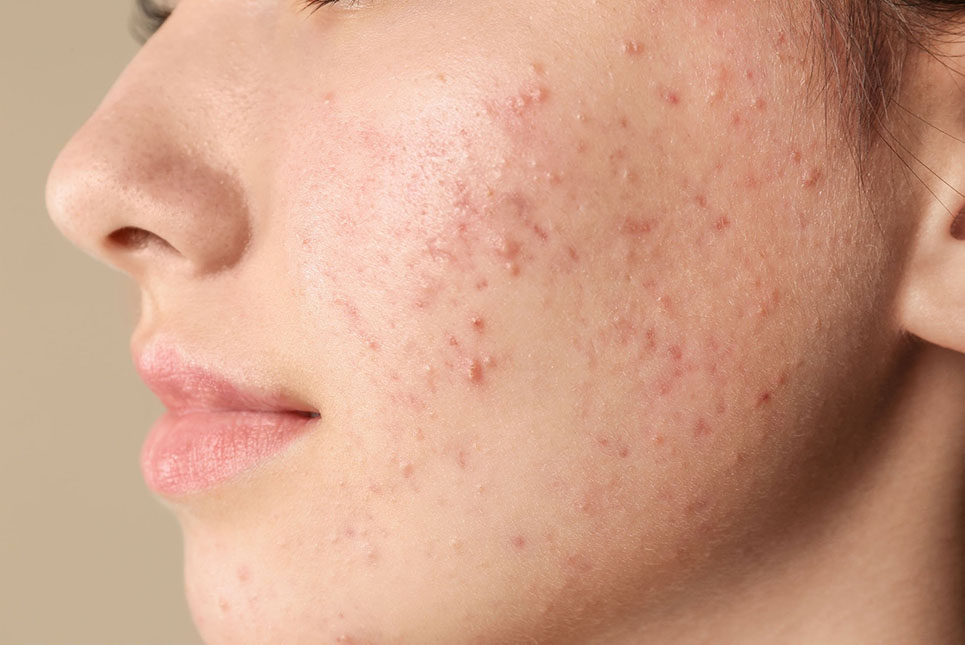
Year-Round Skincare Essentials
While adapting your skincare routine to the seasons is crucial, some skincare practices remain constant year-round to maintain healthy skin:
Sunscreen, Every Day
Regardless of the season, sunscreen is non-negotiable. UV rays can penetrate clouds, so apply sunscreen every morning to protect your skin from sun damage. Reapply throughout the day, especially if you’re outdoors.
Hydration is Fundamental
Staying hydrated is vital for your skin’s health. Drink water consistently to maintain skin moisture from the inside out. You can also use hydrating serums and moisturizers to lock in moisture topically.
Consistent Cleansing
Cleansing your skin morning and night is a must. Use a gentle cleanser suitable for your skin type to remove impurities, makeup, and sunscreen. Proper cleansing prevents pore-clogging and breakouts.
Nighttime Repair
Overnight is when your skin undergoes repair and regeneration. Incorporate a nourishing night cream or serum into your routine to support this process. These products often contain ingredients that help repair the skin’s barrier and promote collagen production.
Listen to Your Skin
Pay attention to how your skin feels and adjust your skincare routine accordingly. If your skin is unusually dry or breaking out, it may be signaling a need for changes in your regimen. Be flexible and adapt your routine as needed.
Consulting a Skincare Professional
While these tips and recommendations can help you address seasonal skincare issues, it’s essential to remember that everyone’s skin is unique. If you’re dealing with persistent skin problems or are unsure about the best products for your skin type, consider consulting a skincare professional or dermatologist. They can provide personalized advice and treatment options tailored to your specific needs. A professional can also conduct a skin analysis to identify specific concerns and recommend appropriate solutions.
Your skin is a dynamic organ that adapts to the changing seasons, and so should your skincare routine. By understanding the challenges each season presents and making the necessary adjustments, you can keep your skin looking and feeling its best year-round. Remember that consistency and proper care are the keys to achieving and maintaining healthy, radiant skin, no matter what Mother Nature has in store. Embrace the beauty of every season and let your skin shine through with confidence.
Elevate your style with
Dorothy Perkins
– timeless fashion, always in trend!

